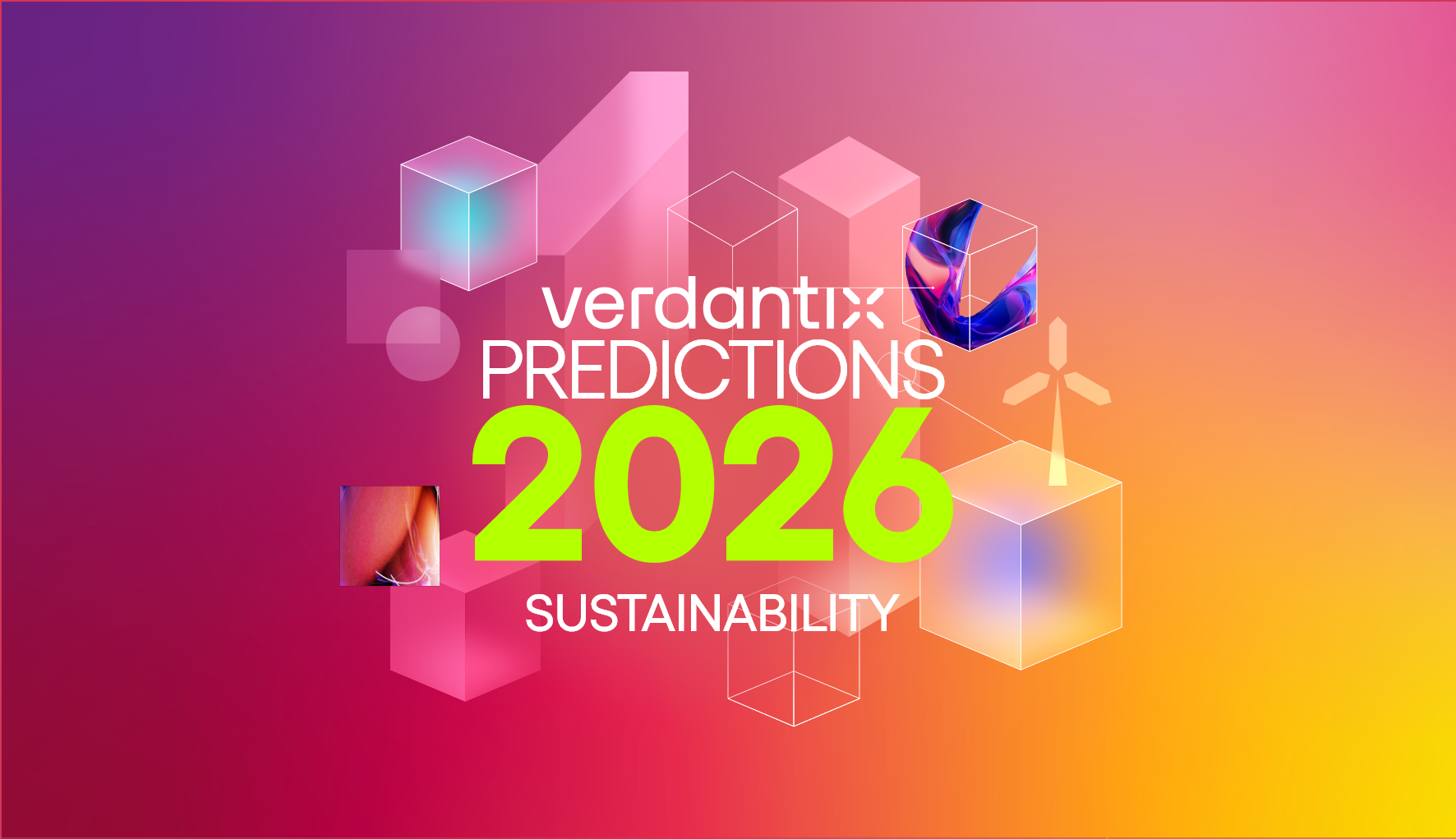Addressing The CSRD Data Challenge
The complexity of ESG data management is growing, with many sustainability executives realizing that their current systems cannot meet the CSRD's stringent requirements for automated, auditable and accurate investor-grade data. Of the 1,144 ESRS data points, about 50% are quantitative, requiring detailed inputs from facilities and suppliers. This creates significant challenges for sustainability teams, as data are often scattered across operations, enterprise applications, smart devices and manual spreadsheets. The result is that many firms are not quite ready for the CSRD itself or CSRD-like regulations; Nasdaq’s recent report showed less than 13% of the 8,700 organizations it analysed meet the definition of “CSRD readiness”.
The data-centric solution: an ESG information architecture
To build up their CSRD reporting processes, many organizations are looking externally – for both services and ESG reporting software. The Verdantix ESG & Sustainability team is wrapping up research on 40 ESG reporting software providers, set to publish in early January. But we’d also like to encourage firms to think bigger – in other words, an enterprise-wide ESG information architecture.
While ESG reporting software can help ensure compliance with disclosure standards, a broader ESG information architecture defines the multiple data inflows and outflows from enterprise applications, third-party data providers and regulatory content providers. Recognizing the bigger picture, many reporting vendors are forming partnerships with value-added analytics providers like GIST Impact, which translates social and environmental performance data into financial values, helping firms understand the economic impact of both negative and positive externalities. Benchmark Gensuite and Clarity AI, for example, have partnered with GIST Impact to offer this functionality to their clients.
Connecting the dots of the ESG information architecture
Ensuring a seamless data flow between software systems is essential for building an effective ESG information architecture. However, data from the 2024 Verdantix ESG & Sustainability global corporate survey reveal that integrating software with existing data and applications is one of the most pressing challenges firms face when selecting and implementing ESG and sustainability software.
Specialist vendors are addressing this gap by offering platforms to both software providers and corporations, designed to ensure the smooth flow of ESG information across various systems. Providers like YuzeData – which partners with EcoOnline – connect ESG information systems through a domain-specific library of data connectors, schemas and data models. These tools integrate with existing operational data sources – such as ERP, HR, EHS, carbon management, industrial and IoT systems – and channel data into reporting or corporate performance tools. This approach enables organizations to meet CSRD compliance requirements while leveraging accurate, real-time data for performance management and decision-making, significantly reducing the manual effort required for data collection and reporting.
Recognizing the importance of the wider ESG reporting ecosystem, in 2025 Verdantix will be producing more research – including in-depth guides for technology buyers – on ESG and sustainability reporting providers.
About The Author

Luke Gowland
Senior Analyst





